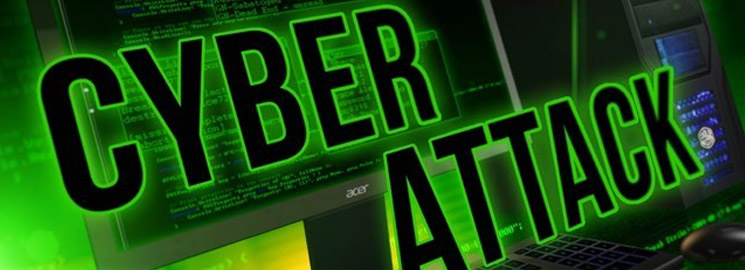A massive co-ordinated series of cyber attacks called “DDoS” forced hundreds of major websites including giants like Amazon, Twitter, PayPal, Spotify, and Netflix offline last Friday. The outages were intermittent, making it difficult to identify all the victims, though the attack had effects for users trying to access popular websites and services from across the United States, Canada and even in Europe. DDoS stands for a Distributed Denial of Service attack and these attacks are really an older form of hacking using our own personal computers and smart devices that we own and were, at some point, hacked and compromised, in which they were then taken controlled of by hackers.
And so, hackers are able to gain control of your devices either by hacking through a weak password or by getting users to inadvertently download software, typically by following a link in an email or agreeing to download a malicious file. Most of the time you won’t even know you have been infected or compromised. Your computer or smart device will work normally. Even smart home gadgets such as Internet-connected security cameras, Smart TV’s, refrigerators, and wireless routers can be taken over in this way and then remotely accessed and controlled at will by the hacker.
And because these devices are connected to the Internet they can then be networked together under a hackers control (called a Botnet) to simultaneously send out billions of simple requests targeting a specific server; more connection requests than a server can handle; flooding the server like Netflix or Amazon with so many requests that it will become so overwhelmed that it will shut down. What does this say about security of our Internet connected devices and our trust in our Internet Services? It would indicate that it is weak and vulnerable if hackers are able to control enough of our hacked devices to coordinate an attack on almost any company or service bringing it down temporarily almost at will. In the past we’ve seen this same DDoS attack on both Microsoft and Sony bringing their Xbox and PlayStation networks down as well. Even the giants in tech are susceptible to this type of attack which goes to show that no matter how big and secure you are, no one is immune to sophisticated and coordinated cyberattacks.
How can people better protect themselves from getting hacked or even worse becoming a DDoS Zombie?Firstly, always keep your computer up to date with it’s security patches whether you are using a computer or mobile device. If at all possible on both computers and mobile devices ensure you have a reliable anti-virus and anti-malware program installed. AVG, NOD32, BitDefender, Ad Aware are just a few. Many times too you can download a free version of the software that would be sufficient enough to keep you protected. Next, never run any email attachment from anyone that you don’t know, and be sure to scan any attachments from people you do know before opening it, using one of the scanners I mentioned previously. Also, use a quality and up-to-date web browser like Firefox, Google Chrome or Apple’s Safari. Finally, if you’re ever shown any kind of dialog box with buttons on a web page that seems fishy, don’t click any button on it, even if it’s just an “OK” button. These buttons can be manipulated to execute malicious code no matter what button you click. If possible close it’s tab/page or the browser while the dialog box is still showing.
For more information on tips and tricks for keeping secure you can go to : getcybersafe.gc.ca


Leave a Reply